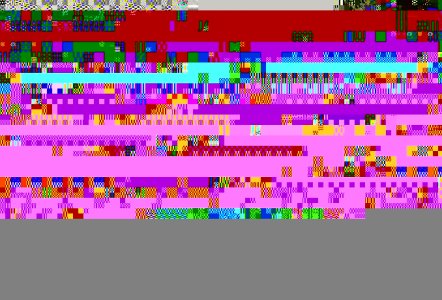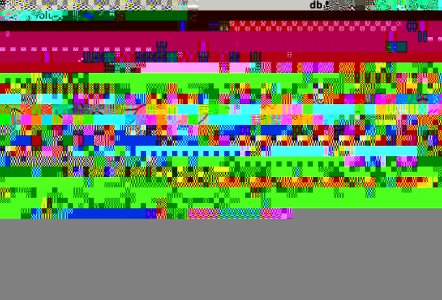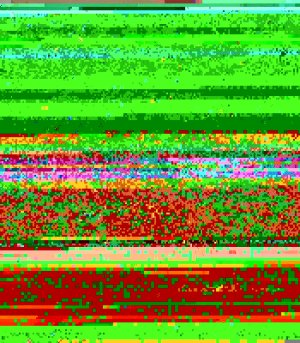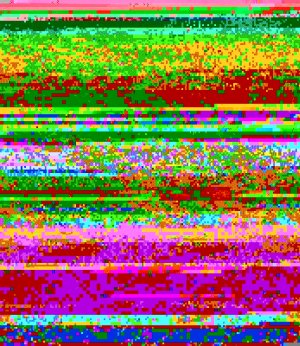rlyach
New member
Paul,
The percent error calculation I used is exactly the same as what you showed. The db error that I calculated is the db difference between the channels with respect to the intended db attenuation. I simply took the intended attenuation and multiplied by the percent error. The way I did it may not be the correct way to look at the db error. Your formula shows the db difference between channel A and channel B, which seems simpler and more straight forward. Here is another plot of db mismatch plotted against the average db attenuation rather than resistance. It shows that the BH supplied POT is better than the RS pot. Unfortunately I did not take more high resistance readings on the RS pot so I can't see its performance at very low volumes. I will repeat this study once I get my Goldpoint attenuator, and I will make sure I add enough data to fill the entire range.
Thanks for the help. I am not an audio engineer so I am still making sense of all this. Most of my experience is with integrated circuit design and manufacturing. I don't mind in the least that you are pushing me. I love learning and find amplifier circuits fascinating. Thanks for the help.
The percent error calculation I used is exactly the same as what you showed. The db error that I calculated is the db difference between the channels with respect to the intended db attenuation. I simply took the intended attenuation and multiplied by the percent error. The way I did it may not be the correct way to look at the db error. Your formula shows the db difference between channel A and channel B, which seems simpler and more straight forward. Here is another plot of db mismatch plotted against the average db attenuation rather than resistance. It shows that the BH supplied POT is better than the RS pot. Unfortunately I did not take more high resistance readings on the RS pot so I can't see its performance at very low volumes. I will repeat this study once I get my Goldpoint attenuator, and I will make sure I add enough data to fill the entire range.
Thanks for the help. I am not an audio engineer so I am still making sense of all this. Most of my experience is with integrated circuit design and manufacturing. I don't mind in the least that you are pushing me. I love learning and find amplifier circuits fascinating. Thanks for the help.






